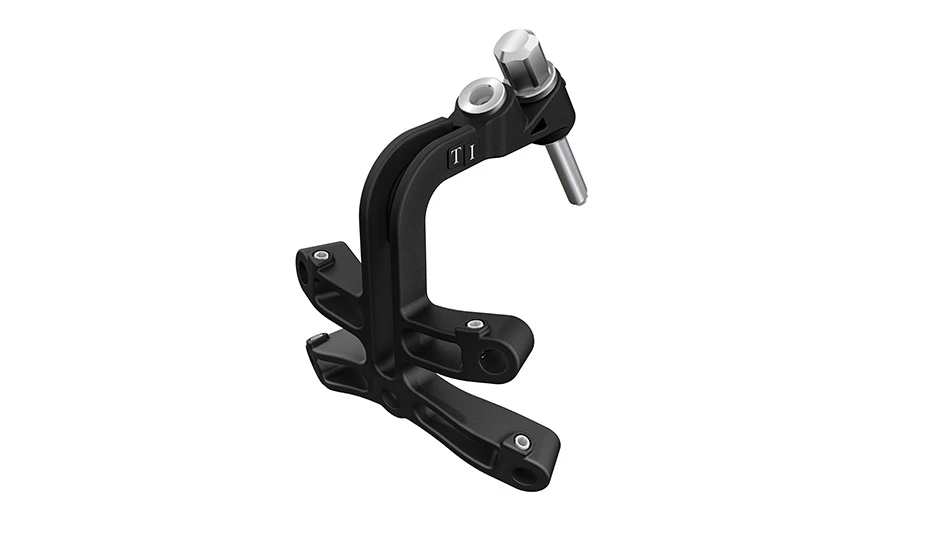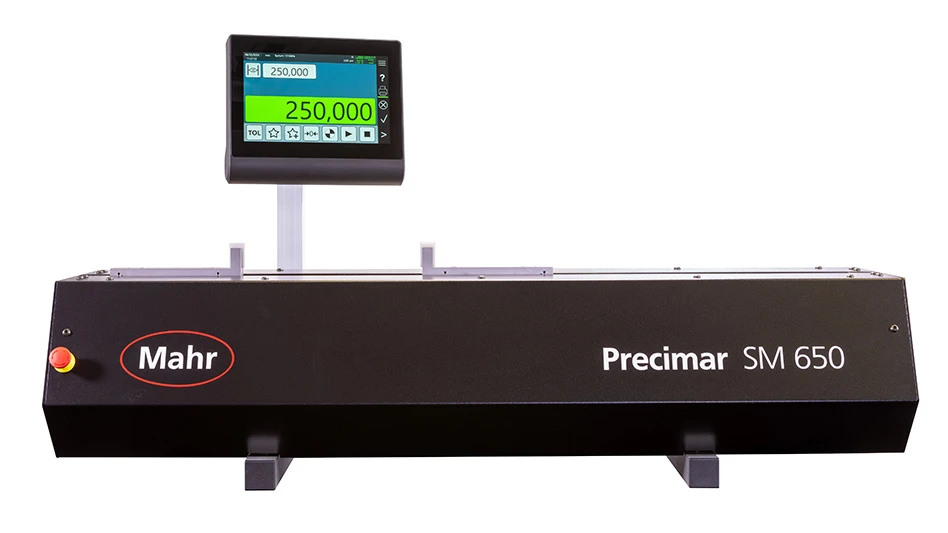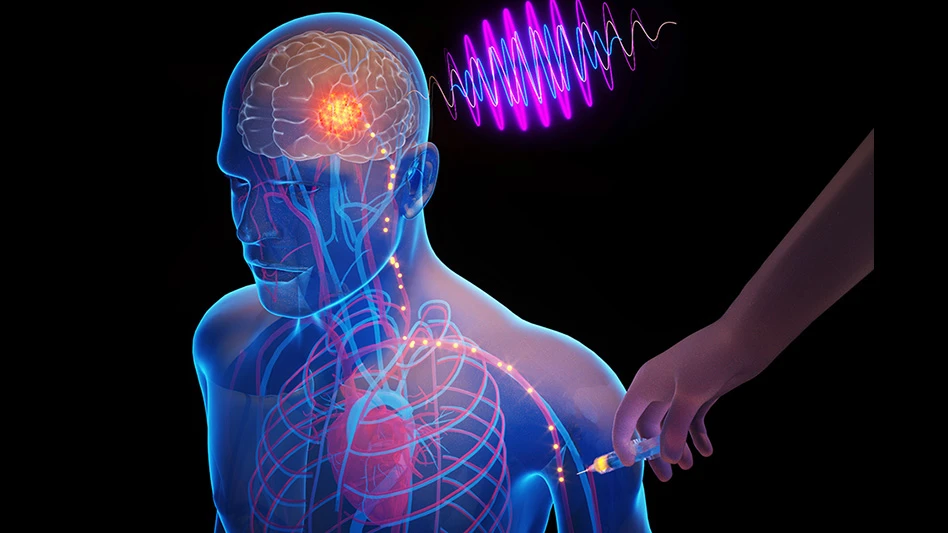
Key benefits of coatings in medical devices
Enhance device functionality
Extend product lifespan
Improve patient outcomes
Reduce friction, patient discomfort
Applied to devices such as needles, guidewires, catheters
Reduce resistance during device insertion
Lessen pain during procedures
Speed recovery and reduce tissue damage
Deliver wear resistance for longer device life
Applied to components, surgical tools
Bond permanently for durability
Offer low friction, non-stick, flexible
Extend lifespan, lower replacement costs
Expanding device & component applications
Metal substrates
Guidewires, needles, mandrels, coils, hypotubes, cables, etc.
Stainless steel alloys, tungsten, titanium, nitinol, etc.
Silicone and rubber
Catheters, O-rings, seals/gaskets, cannulas, tubing, valves, etc.
The science behind coatings
Application techniques – Electrostatic spraying, dip coating, ultra-thin film
Coating technologies – PTFE, ceramic, silicone; Water-, solvent-, powder-based; Biocompatible, PFOA-free, PFOS-Free
The future of medical device coatings
PFAS-free coatings – Sustainable, compliant alternatives to traditional PTFE
Custom formulations – Wider variety of options for new product designs
Impact of innovative coatings
Transforming devices – Improve performance, safety, longevity
Better healthcare – Lead to improved patient outcomes
Source: Surface Solutions Group – https://surfacesolutionsgroup.com/

Explore the July 2025 Issue
Check out more from this issue and find your next story to read.
Latest from Today's Medical Developments
- Arcline to sell Medical Manufacturing Technologies to Perimeter Solutions
- Decline in German machine tool orders bottoming out
- Analysis, trends, and forecasts for the future of additive manufacturing
- BlueForge Alliance Webinar Series Part III: Integrate Nationally, Catalyze Locally
- Robot orders accelerate in Q3
- Pro Shrink TubeChiller makes shrink-fit tool holding safer, easier
- Revolutionizing biocompatibility: The role of amnion in next-generation medical devices
- #56 Lunch + Learn Podcast with Techman Robot + AMET Inc.





